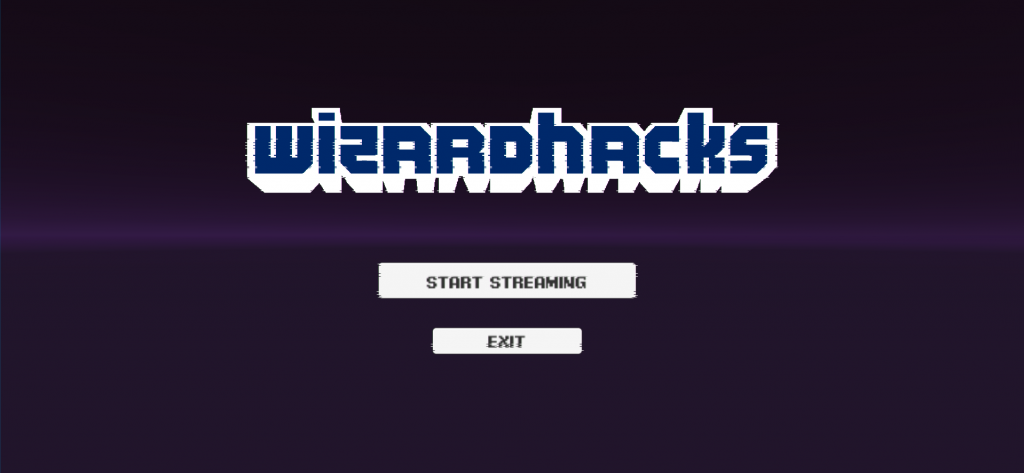After reading this, I tried to think of successful games that had complex game mechanics but also a tutorial level with good level design that supported gameplay without throwing an overbearing button tutorial. I have two that come to mind (however they’re similar in some ways): Uncharted 4 and Metal Gear Solid V. I’ll do a very brief summary/explanation of both of the games’ intro levels to show how even complex games can benefit from keeping in mind the level design techniques that Anna Anthropy wrote about.
Uncharted 4:
Boat chase scene -> left analog stick controls movement, right analog stick controls camera. Vehicles can accelerate with right trigger.
Knocked off the boat -> X to ascend when under water. Swimming just like moving otherwise.
Back on boat but on foot -> Moving with legs still like moving in all other ways. O to take cover, and learn how to shoot and use cover.
Cut to Flashback when Nathan was a kid -> teaching, in order, climbing over obstacles, onto obstacles, slippery surfaces, sneaking.
Movement is very important in this game, and so it is reinforced in three ways (narratively and in gameplay): in a vehicle, in water, and on foot. All three control similarly and make clear the method in which players move (left and right analog sticks). Its cover system is important for combat and stealth and so there are multiple instances where this occurs. Traversing the environment, having taught the player the fundamentals of movement and cover, takes it to its final control tutorial: climbing and navigating difficult terrain. Having built the players confidence in moving, crouching, and using cover, the terrain navigation comes very naturally.
MGSV:
Crippled and weak in hospital -> extremely limited movement, left stick to move, right to look.
Some strength returns but some wild stuff happens-> now in crouch position
Threats appear, shooting innocents-> how to go prone, how to hide in environment
Route cut off and you’re discovered-> how to run, and when to run
More sneaking but with enemy movement -> enemies move, you must adapt your sneak accordingly
Injured-> how to fix injury, getting hurt can cripple you
Oh man, so many things but uhhh you have a gun now! Also the room is on fire please shoot the fire extinguisher -> how to shoot, you can affect the environment in interesting ways
Some enemies blocking a corridor -> can shoot and kill enemies, also you can switch guns but only carry two
Oh my god jesus so many things -> how to do a quick dive. Right before this is a large room with multiple threats. You have a silenced gun and a loud one, and the game lets you decide how you approach this encounter.
A flaming whale just swallowed a helicopter what -> this game is wild.
MGSV is a game primarily about sneaking and the game slowly teaches you how to traverse its environment without alerting enemies. You also learn that you can approach situations with a variety of methods. Also this game is crazy.
Both of these games are unlike Mario in the way that they have way more controls and many more ways to interact with the environment, however even with their complexity, good tutorial levels can be designed that teach the player how to play and aren’t obvious about it, levels that reinforce its gameplay slowly but persistently with carefully crafted encounters and environments designed to test the player a little bit more every time.









